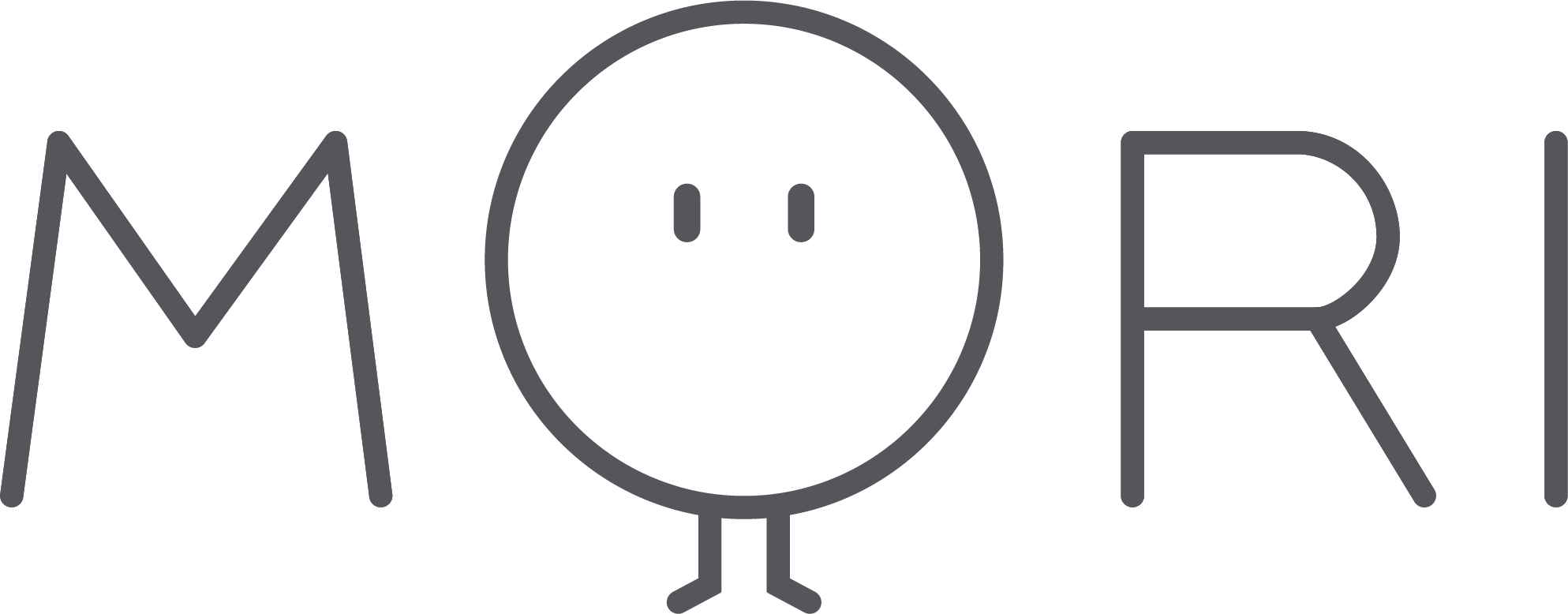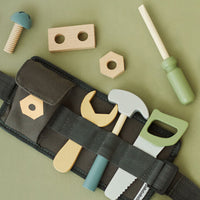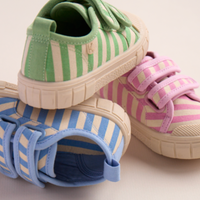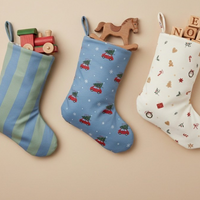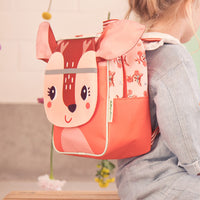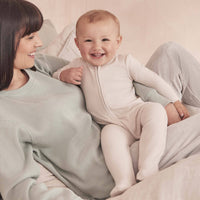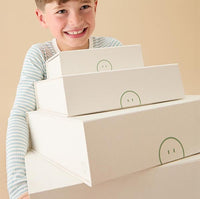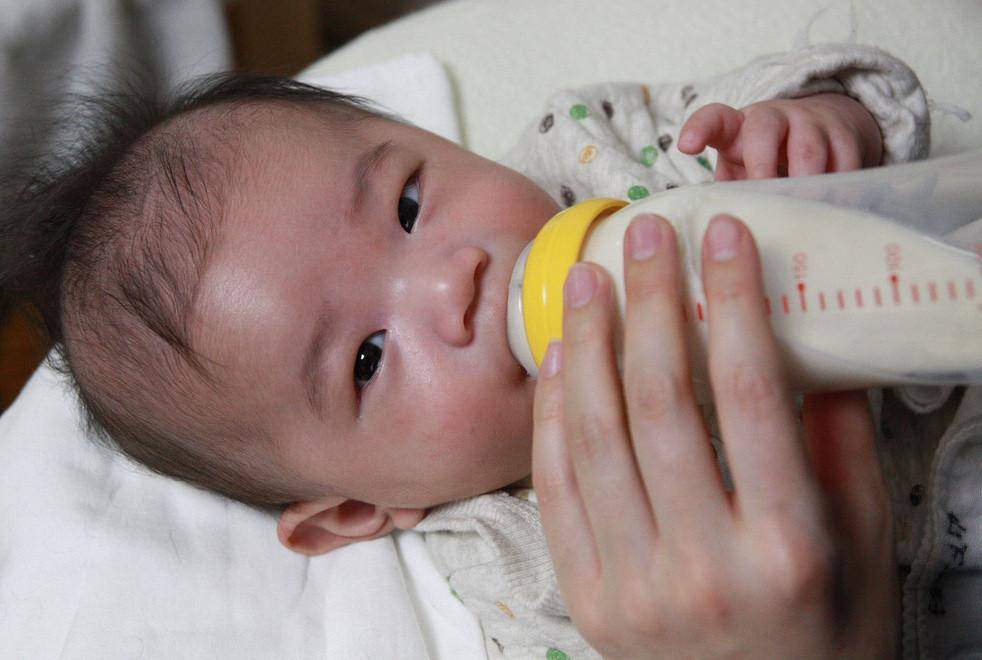Choosing the right formula
Choosing the right formula for your baby might be the hardest and most overwhelming choice as there are so many options: Probiotic, newborn, iron-fortified, easily digested, and more! My tip? Unless your paediatrician recommends something specific, start with something well-rounded and basic and go from there.
There are two main age categories for formula: 0-6 months and 6-12 months. After 12 months you can switch to cow’s milk or continue with follow-on toddler formula. Formulas are manufactured to contain the nutrients that breastfed babies receive in breast milk to ensure that your baby is getting everything they need. They are mostly made of a cow’s milk base but there are goat’s or soy milk based options as well, should your child have any allergies or intolerances to cow’s milk.
If you are starting your newborn with formula from day one, it is important to choose one formula brand and stick to it as they get older. If you are transitioning from breastmilk to formula, it might take trying a few different brands to find one that your little one likes but once you have found that one, it is important to use it consistently. Don’t worry if your baby spits up, this doesn’t mean that this is the wrong formula for them. Stick with it for a few days and let their little system adjust to the transition.
When choosing a brand, it is generally recommended to go with major name brands as these are the companies that do the most research into their ingredients and are regularly tested and compared. Formula is not the place to save pennies. Although smaller companies may be a bit cheaper, they are generally less regulated.


